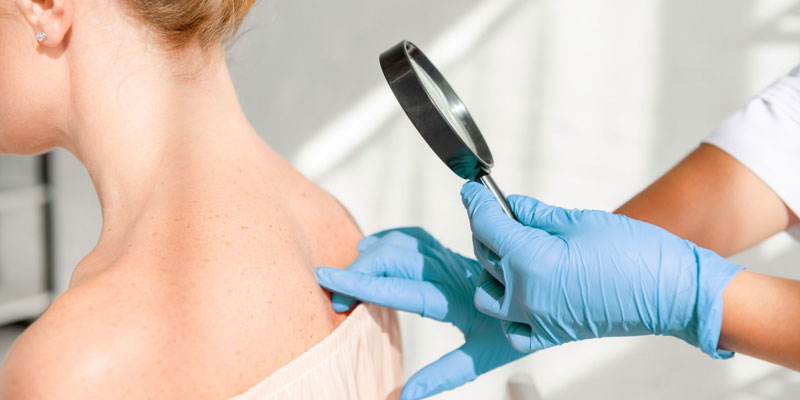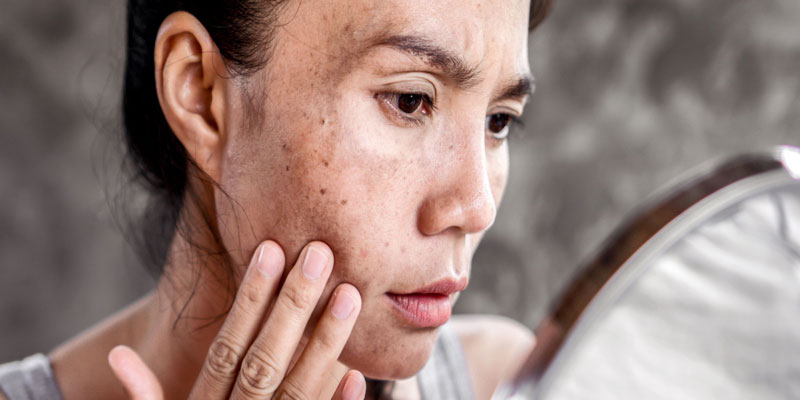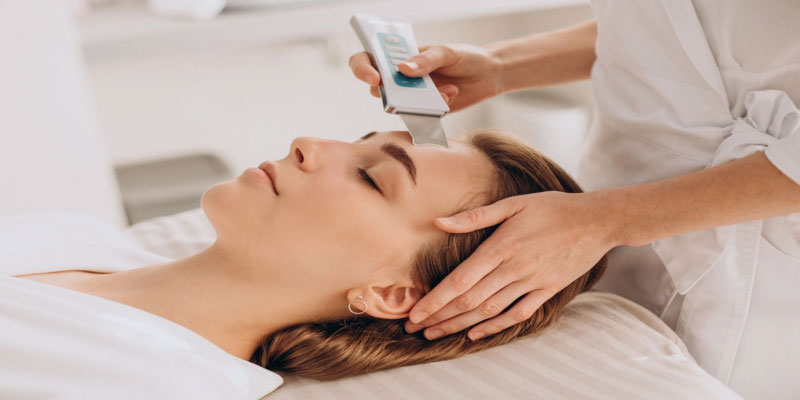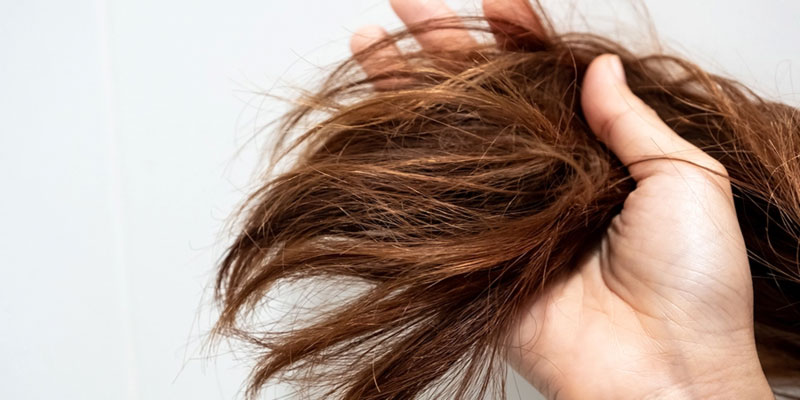Hyperpigmentation is a medical word for darker skin spots caused by excess melanin synthesis. Acne scars, UV damage, and even hormonal shifts can all play a role. Know that you are not alone in coping with hyperpigmentation.
Fortunately, there are various ways to cure hyperpigmentation, a surprisingly widespread skin problem. Read on to learn more about your choices and what to anticipate from procedures like microdermabrasion.
Face Acids

Face acids, also known as skin acids, help you seem younger by removing dead skin cells from the surface of your face. As you exfoliate, dead skin cells are shed, and new ones grow. The procedure makes your skin softer and more uniform in tone. You may get many facial acids at drugstores and department stores. Some common choices are:
- alpha hydroxy acids like glycolic, lactic, citric, malic, or tartaric
- azelaic acid
- Acid kojic
- Acid salicylic
- vitamin C
Retinoids
Retinoids, derived from vitamin A, are one of the most widely used skin care compounds available over the counter. Because of their tiny molecular size, they can reach and treat the dermal layers of the skin.
There are both prescription and over-the-counter forms of retinoids. Nevertheless, OTC variants often have less potency. See your dermatologist about the prescription retinoid tretinoin if you haven't seen improvement after two months. Healthline's Find Care service can assist you in locating a dermatologist if you don't currently have one.
Peeling Chemical
A chemical peel is a method of treating skin that employs acids in higher concentrations to get the desired effect. They exfoliate your skin, which helps hyperpigmentation look less noticeable. More intense versions may reach the dermis, the skin's middle layer.
Although many chemical peels may be purchased without a doctor's prescription, consider investing in a peel administered by a dermatologist. The effects from using them are more prominent and shorter in duration. The potency of in-office peels may cause more harm than good. Discuss your risks with your dermatologist.
Laser Peel
The use of laser peels, which employ concentrated beams of light, can reduce hyperpigmentation. Lasers can either remove tissue or leave it intact. The most extreme kind of laser treatment is called ablation, which involves removing skin layers.
Conversely, the dermis is the focus of non-ablative therapies that aim to tighten and firm the skin by increasing collagen production. A potential downside of using an ablative laser is the increased risk of collateral damage. Both eliminate skin-supporting components to promote the regeneration of firmer, more toned skin.
IPL (Intense Pulsed Light) Therapy

Intense pulsed light (IPL) therapy is a non-invasive laser modality. IPL treatment, often a photo facial, encourages collagen production deep inside the dermis. Sessions are often needed over a period of time. IPL treats uneven pigmentation all over the body, but flat areas react particularly well to it. Wrinkles, spider veins, and pore size may all see improvements as a result.
Microdermabrasion
In-office microdermabrasion is a popular treatment for superficial epidermal hyperpigmentation. Your dermatologist will use portable equipment resembling a drill fitted with a wire brush or some other abrasive attachment to perform the treatment. After that, you slide the device across your skin to quickly and gently peel off the top layer of the skin. You may require numerous sessions before reaching your desired outcome.
Dermabrasion
While dermabrasion also removes the epidermis, its effects go deeper into the dermis. Dermabrasion has traditionally been used to treat issues with skin texture, but it is now commonly used to reduce the appearance of fine lines and wrinkles. Examples of this are:
- Scars from acne
- Skin discolouration
- scars from chicken pox
- Injury Scars
- sun damage
Your dermatologist will use a portable device similar to a drill fitted with a wire brush or some other abrasive attachment, much as they would for microdermabrasion. Quickly and softly, they will scrape away your skin's outermost layers as they slide the instrument over your skin.
8. Skin-Lightening Lotions
Creams marketed as "lightening" are available without a doctor's prescription and use a small set of active chemicals to lighten the skin. In addition to their milder over-the-counter counterparts, several lotions come in stronger prescription varieties. Often used once or twice daily, they have been shown to lighten skin tone gradually. Gels are also available as a topical option for whitening. Over-the-counter (or retail) lightening products often contain:
- Licorice root extract
- B-3 vitamin
What Products Work Well For Various Skin Tones?
The duration and degree of therapy for hyperpigmentation may vary based on the patient's skin tone. Certain treatments are effective for those with fair, medium, and dark skin tones, although Dr Cynthia Cobb, DNP, APRN, WHNP-BC, MEP-C, notes that those with darker skin tones may require additional time the therapy to take effect. Most hyperpigmentation techniques work nicely on fair skin.
- High-beam lasers
- Intense Pulsed Light Therapy



